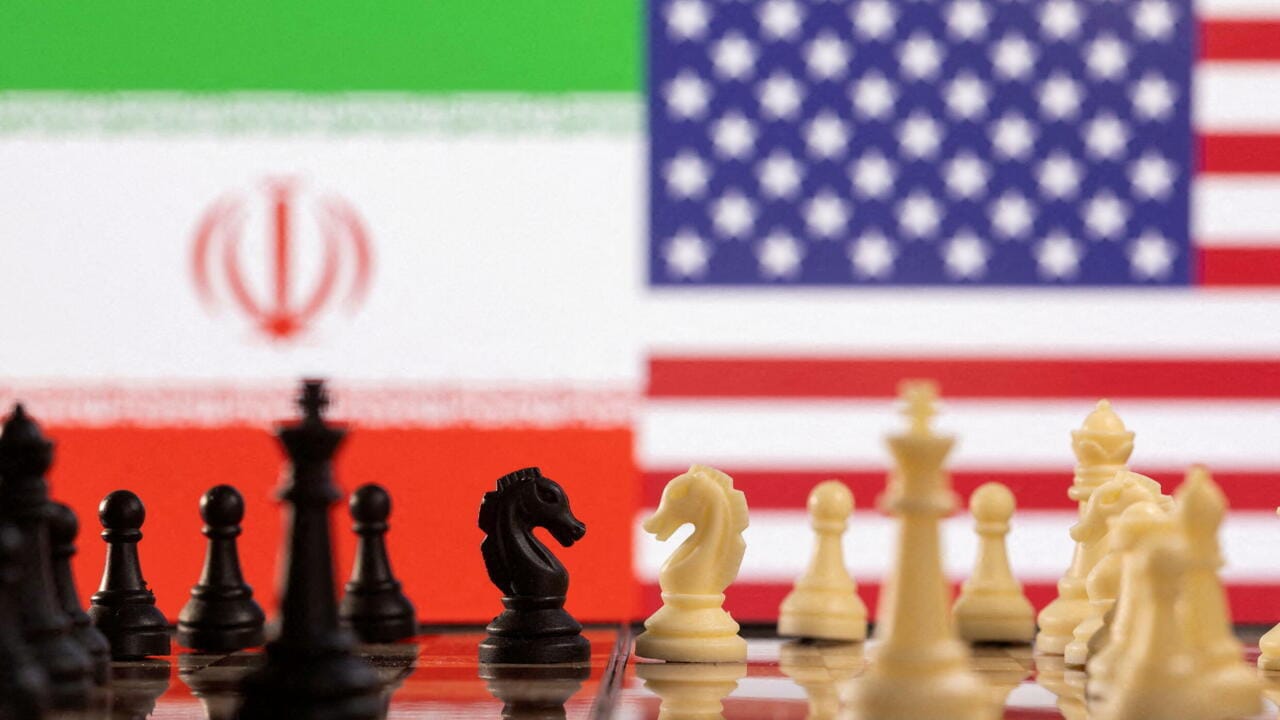A Fragile Pause Amid Nuclear Tensions
As the U.S. administration touts its success in recent military operations against Iran’s nuclear infrastructure, experts urge caution. President Trump declared that the U.S. strikes had “obliterated” critical sites, countering intelligence assessments suggesting only temporary setbacks to Iran’s nuclear capacity.
At the NATO summit in the Netherlands, Trump expressed confidence that the conflict between Israel and Iran had concluded, emphasizing a social media-declared ceasefire that took many observers by surprise. Although he mentioned upcoming talks with Iran, the president stated he didn’t believe a formal agreement was necessary. Despite this, many regional specialists argue that diplomacy is not only necessary but urgent.
Ceasefire Without Structure or Strategy
The sudden cessation of hostilities has no official documentation, no dispute resolution mechanism, and no verifiable terms. Analysts stress that these gaps in ceasefire planning risk future escalation.
According to multiple foreign policy experts, unless Washington develops a structured diplomatic initiative, the ceasefire could collapse. The lack of a clear political framework leaves both Iran and Israel on alert and skeptical of long-term peace.
From Talks to Bombs and Back Again
Earlier rounds of nuclear diplomacy between the U.S. and Iran had stalled when Israel launched a surprise attack mid-June. Days later, the U.S. deployed bunker-buster bombs on multiple nuclear sites. Despite these strikes, Iranian officials reiterated their commitment to peaceful nuclear development, while Israeli officials remained firm in their accusations of military intentions.
Observers warn that such military tactics might expedite Iran’s nuclear ambitions rather than contain them. Past military interventions have shown that scientific knowledge within Iran is resilient and cannot be wiped out through force.
A Hidden Stockpile and Watchdog Limitations
There remains significant uncertainty about the extent of nuclear material damage. Some suggest key uranium stockpiles were relocated before the strikes. The International Atomic Energy Agency (IAEA) currently lacks access to verify claims due to Iran’s reduced cooperation.
In a recent legislative move, Iran’s government suspended expanded inspections while asserting continued adherence to the Non-Proliferation Treaty (NPT). Experts fear this further obscures insight into Iran’s capabilities and intentions.
The Challenge of Rebuilding Trust
Even if talks resume, negotiators will face enormous technical and diplomatic hurdles. Specialists emphasize that any progress would require teams with authority, expertise, and political backing. The legacy of the 2015 nuclear agreement offers a blueprint, but today’s context is vastly more complex.
Some analysts liken the challenge to solving a Rubik’s Cube—without sight. The absence of inspectors, the evolving nuclear program, and the hardened political stances make conditions ripe for miscalculation.
Military Action Isn’t a Long-Term Strategy
Experts maintain that a lasting resolution cannot come from military action alone. The knowledge to rebuild nuclear capabilities is widely dispersed throughout Iran’s infrastructure. In fact, some fear that the recent strikes may push Tehran to accelerate its nuclear program rather than abandon it.
Negotiation Is the Only Path Forward
Despite political reluctance, analysts agree that renewed diplomatic engagement is necessary to avoid resuming open conflict. The ceasefire, while momentarily stabilizing, cannot substitute for formal agreements with enforceable provisions.
As the U.S. hints at dialogue with Iran, the international community watches closely. Whether these potential talks lead to real progress or merely prolong the inevitable depends on the strategies adopted in the coming weeks.



